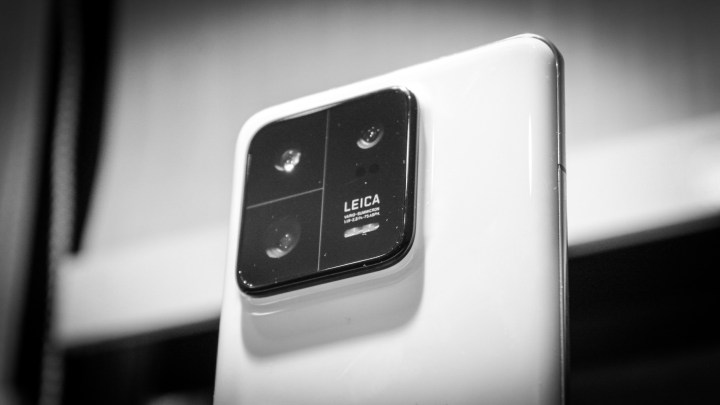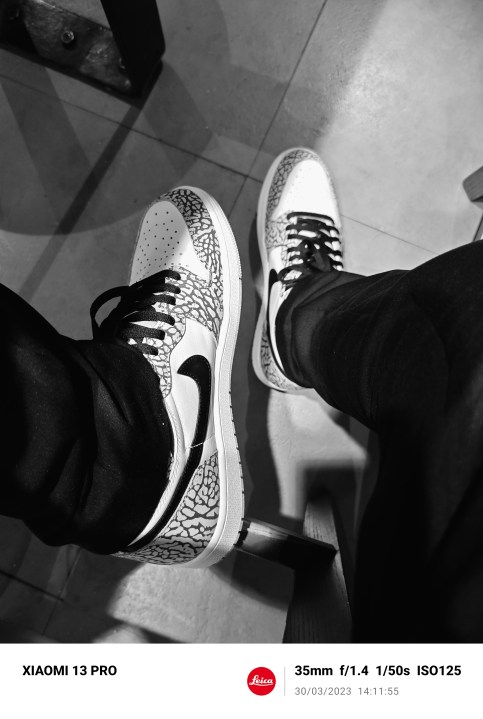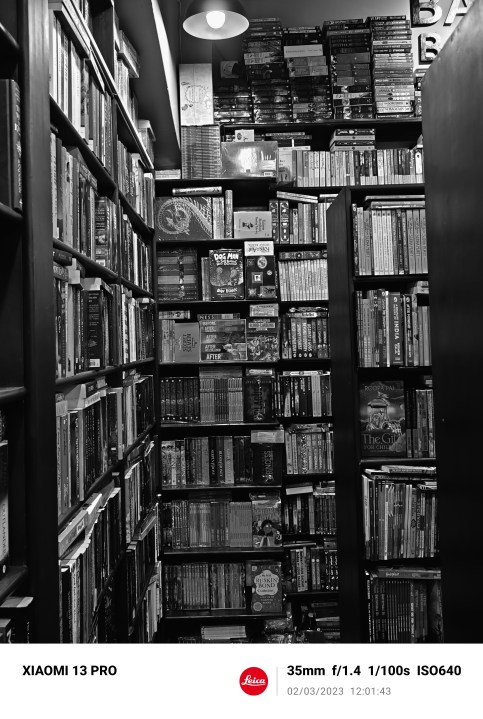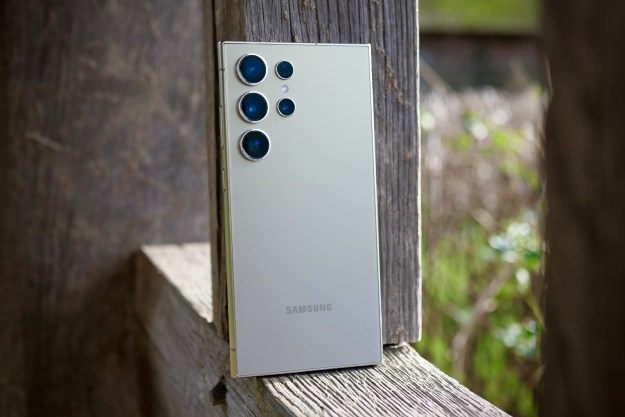Photography originally established itself without color, but with the arrival of colors in the 1890s, monochrome pictures slowly disappeared. It is still practiced today but is only popular among a niche set of photographers.
As a non-photographer myself, I use smartphones to capture photos, so the art of monochrome photography was unknown to me. That is until I used the Xiaomi 13 Pro and its Leica-powered cameras, which not only introduced me to the style but made me a better photographer overall.
The many shades of monochrome

Sometimes, access to devices can give you new learnings that theory never could. Using the 35mm portrait mode on the Xiaomi 13 Pro was one such experience with monochrome photography. I’ve read about how black and white photos give you the “timeless” look, plus I’ve edited color photos to become monochrome to get that feel in the past. However, I never thought that a fine-tuned mode for it could widen my perspective to shoot more without colors.
I’m not a photographer, and on the scale of professionalism, I’m a beginner in the field. I don’t put in a lot of effort framing my shots or thinking beforehand about how they come out. But using this specific mode on the Xiaomi 13 Pro, I was forced to think, “How would this look in monochrome?” every time I took a photo. That is not to say that I had to work hard to get good shots. On the contrary, the 35mm portrait mode on the Xiaomi 13 Pro makes it effortless to capture good monochrome photos.
While some of these pictures gave me the “timeless” look, others attracted my attention to elements such as contrast, texture, and form. Here are some examples and what I love about them.
A whole new world of smartphone photography
The above portrait photos were clicked in a bookstore with a lot of different colors in the background. I discovered that monochrome helps bring more focus to the subject. Had these been colored, they would’ve looked cluttered due to the various book colors in the background – no color distractions here.
I also realized that the subjects look more dramatic and emotive when clicked in black and white, which I didn’t know before. For instance, you can feel the laugh in the first image above. On the other hand, I feel like I’m in the moment of choosing my next read by simply viewing the photo here on my phone. In colored form, I’d capture the moment but not the feel.
Next, there’s the unique timeless look to black and white photos that you wouldn’t get on colorful pictures. The shots of books in a library and the car outside are a couple of such examples. The shot of nature has a soothing vibe to it as well.
The 35mm portrait mode on the Xiaomi 13 Pro also gives random, most general photos a distinctive look and feel, which you wouldn’t get with regular color-filled photographs.
Black and white photos have me hooked

My Xiaomi 13 Pro review unit will soon be collected, but the phone has hooked me on black-and-white photography.
In my time with the phone, I seem to have developed an eye for which shots might come out well in monochrome, looking at the contrast and shadows of the situations. Plus, it gives me a few seconds to think about the framing. I don’t think I’m going to stop. I like experimenting, and I think monochrome photography is the new thing I’m obsessed with.
Editors' Recommendations
- This one thing could make iOS 18 the best iPhone update in years
- I thought I’d hate this cheap Android phone. It proved me wrong
- Is this cheap Android phone better than the Galaxy S24? I found out
- The best iPhone and Android apps for Black History Month 2024
- This is one of the best iPhone 16 leaks I’ve seen yet














